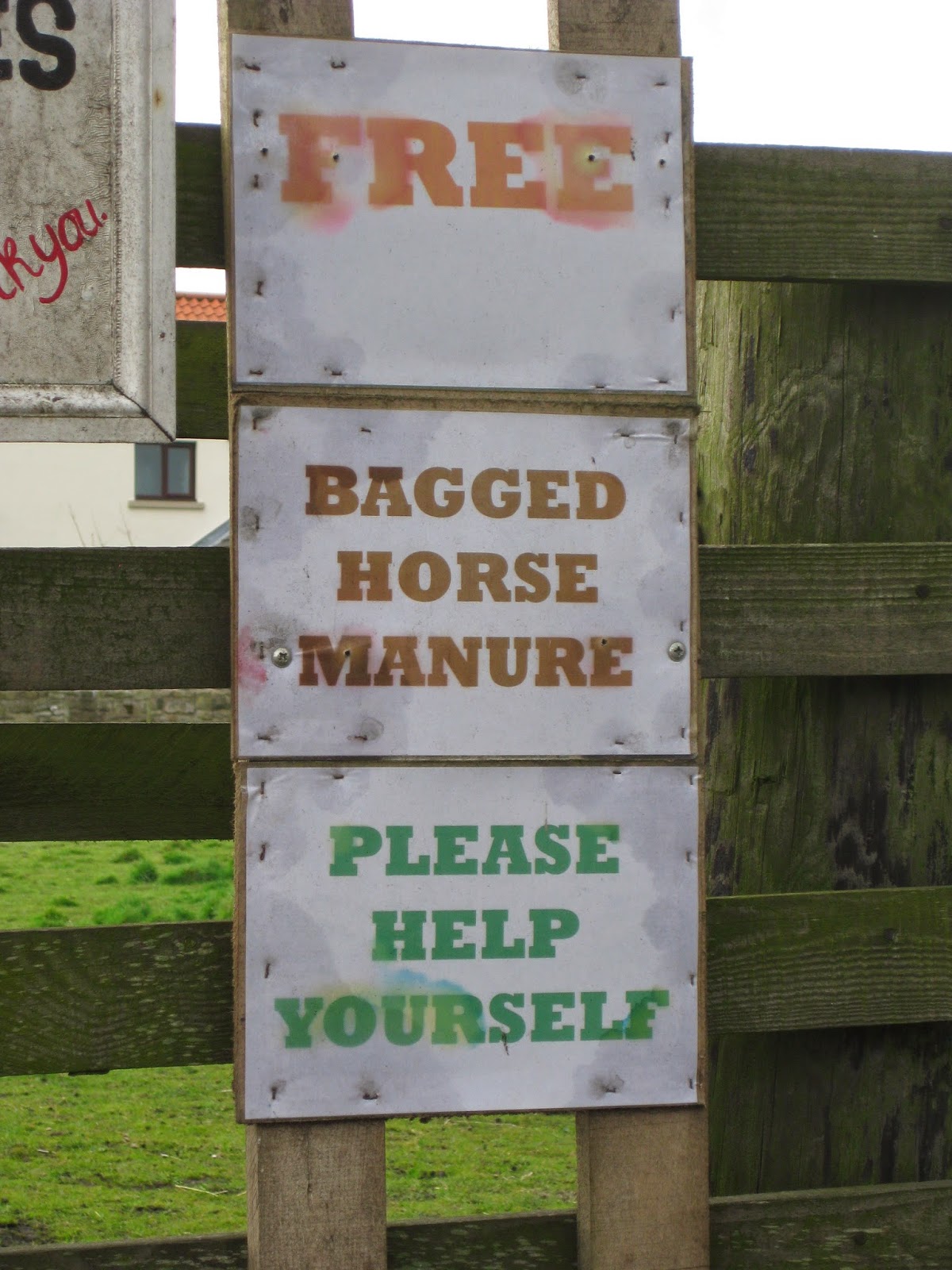It’s
like I’m watching a clip from Night Cops. Four police officers are bundling one
of the drunkest men in Britain into the back of a van, while his indignant mate
remonstrates with them. The latter has a thick Slavic accent and a fearsome
appearance, his mohican bringing to mind Robert De Niro in Taxi Driver.
The
onlookers are themselves a strange bunch: Chinese tourists, locals from Northumberland,
Scots, and a pair of foreign nuns in Mother Teresa-style blue and white garb. It’s
a surprising time and place for such a scene: the middle of a Saturday
afternoon in a hamlet on a small tidal island off the coast of North East
England.
I
had wanted to visit Lindisfarne, or Holy Island, for years. Driving south from
Edinburgh to Newcastle I had often seen its castle looming just off shore. There
was a sense of uniqueness about this thin strip of land, home to less than 200
people, which twice a day is cut off from the mainland as the North Sea swamps the
connecting road.
The
approach to the island is indeed a little special. You pass signs warning you
to beware of the tides, then you follow a causeway over an expanse of sandy
flats and tufty grassland. Pools of water left by the retreating sea lie on
both sides, and dunes rise on your left as you skirt the edge of the island.
Eventually, the houses of the small community at the southern end come into
view ahead of you.
One
of the most striking aspects of the place is its relative silence. Cars are few,
and as you walk towards the castle, which sits upon a rocky crag like a miniature
cousin of the famous strongholds of Edinburgh and Stirling, the sounds are
amplified dramatically: the breaking of waves in the bay, birds calling, the
soughing of the breeze. A man closing a door breaks the stillness like a
gunshot.
It’s surprisingly easy to forget you are on an
island, for the land is uneven, shielding the sea and the tidal flats from
view. Despite the presence of large numbers of tourists and pilgrims who have
reached the end of the 60 mile St Cuthbert’s walking route, there’s a bucolic
feel: sheep and ponies chomp grass in the fields and a sign advertises free
bags of horse manure.
Having
sampled a tiny quantity of Lindisfarne’s honey-flavoured and syrupy mead I
return to my car, wary of becoming trapped by the encroaching tide. Then again,
would it be such a bad thing to be stranded for a night?




